News
LunarLeaper - a big leap for human mankind
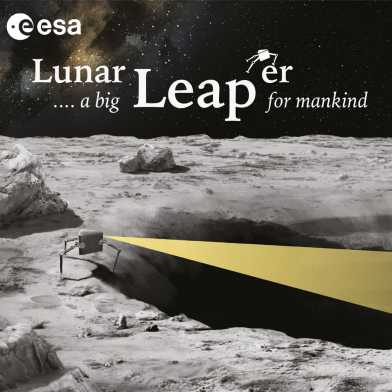
Anna Mittelholz and Simon Stähler from the Department of Earth Sciences, together with Hendrik Kolvenbach from D-MAVT, are leading an international team that is proposing a cost-effective method for exploring lava tubes on the Moon.
Unveiling the origin of Earth's richest cobalt resource: insights from the unique Bou Azzer orebody
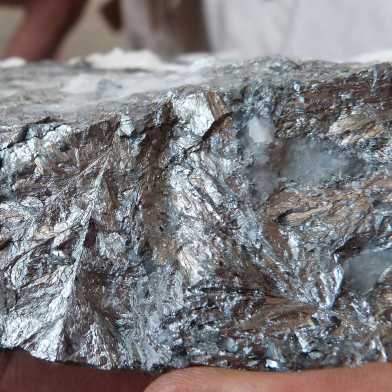
ETH earth scientists have developed a new method for determining the age of cobalt mineralisation.
Master's degree graduation ceremony 2023
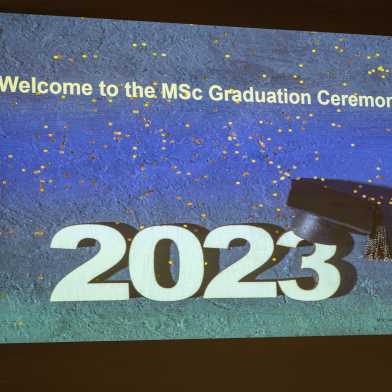
The Master's Graduation Ceremony of the Department of Earth Sciences took place on Friday, 1 December 2023. Congratulations to our successful graduates!
Geology of the Tour de France: Earth science meets cycling
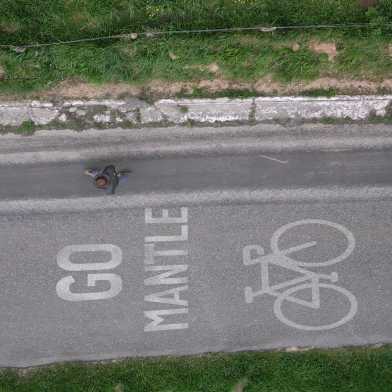
The Grand Départ is scheduled for 1 July, but the preparations for this year's Tour de France and the Tour de France Femmes started more than 400 million years ago, when the rocks of the Central Massif and the Vosges Mountains were formed.
Ice sheet retreat triggers volcanic eruption and ocean hypoxia
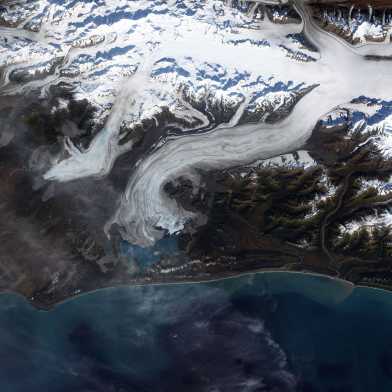
Most complex organisms on Earth need to breathe oxygen to stay alive. As global warming continues, the amount of oxygen dissolved in ocean waters is expected to decline (i.e. deoxygenation). This will have disastrous consequence on the marine ecosystem and the human communities that depend on its service.
Prof. Derek Vance elected Fellow and Prof. Gerald Haug as Foreign Member of the Royal Society
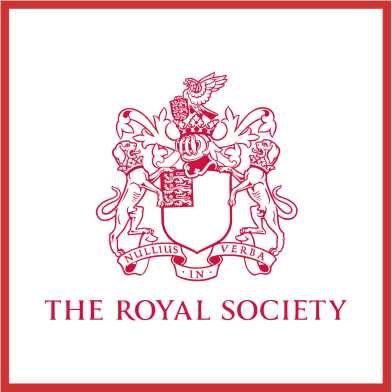
Eighty outstanding researchers and innovators from around the world have been elected as the newest Fellows and Foreign Members of the Royal Society, the UK's national academy of science and one of the oldest science academies worldwide.
Searching for meteorites in Antarctica
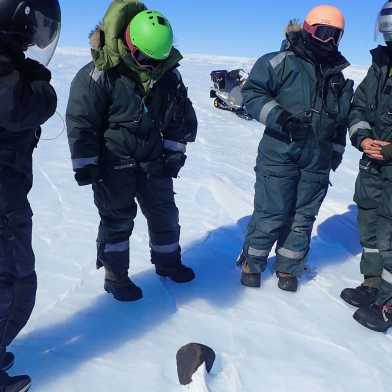
Finding meteorites is no easy task. Despite this, a team of scientists including Prof. Maria Schönbächler from ETH Zurich, were successful. Their secret? Going to Antarctica where they found several new meteorites, including a unique piece weighing 7.6 kilograms.
Olivier Bachmann takes over the presidency of the SCNAT Platform Geosciences

“The geosciences platform of the Swiss Academy of Sciences (SCNAT) makes a decisive contribution to networking society, i.e. the public, practitioners, administration, and politics, with scientific bodies”, says Olivier Bachmann, Professor of Volcanology and Magmatic Petrology at ETH Zurich.
In Memoriam: Terry Seward

Terry M. Seward, Professor of Geochemistry at ETH Zurich from 1990 to 2006 passed away on 24 December 2022.
Master's degree graduation ceremony 2022

Congratulations to our successful graduates!
Collision with neighbour
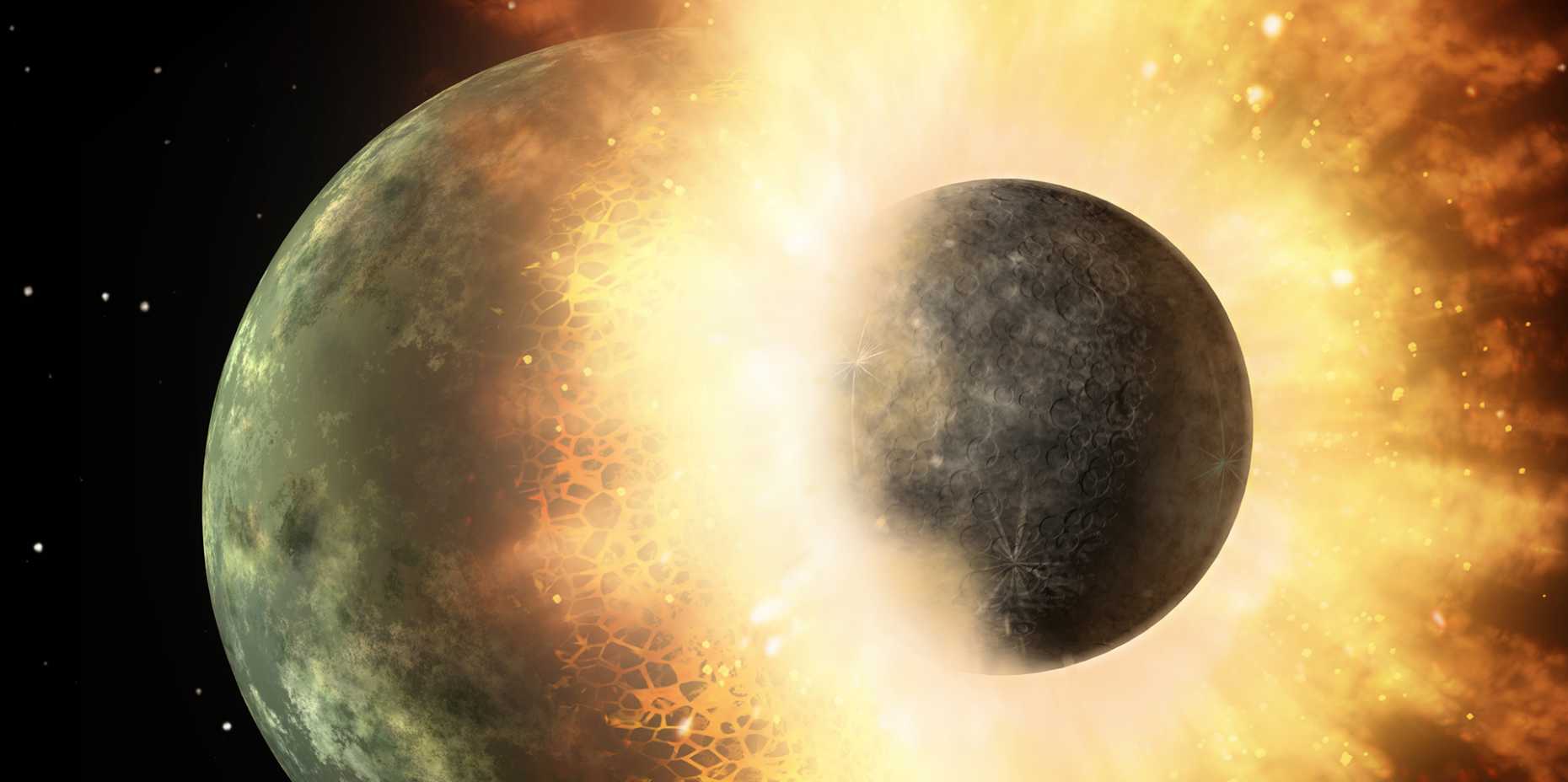
According to theory, the moon was created during a gigantic collision between the earth and another celestial body called Theia. But where did this body come from?
Sunbathing meteoroids
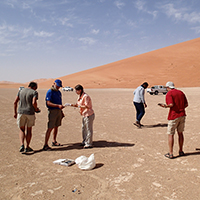
When a meteoroid travels in space, solar radiation leaves distinctive imprints on its outer layer. Together with colleagues, ETH researcher Antoine Roth has developed novel analytical techniques to detect these imprints, allowing the team to reconstruct meteorites’ space journeys.
The mighty Southern Ocean microbe that controls ocean chemistry
A new study led by scientists in the Earth Surface Geochemistry group at ETH Zurich, and just published in Nature Geoscience, shows that a single-celled algal organism in the Southern Ocean controls ocean trace metal chemistry.
Scientists from the Surface Earth Geochemistry group at ETH participate in the Antarctic Circumpolar Expedition
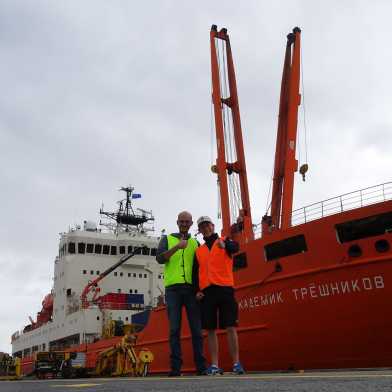
PhD student Matthias Sieber, and post-doctoral researchers Greg de Souza and Nolwenn Lemaitre are braving the rough seas of the Southern Ocean to take part in a remarkable expedition to study the environment of the Southern Ocean, the sea surrounding Antarctica.
Featured ETH-News
A voyage from the Earth’s crust to its mantle and back
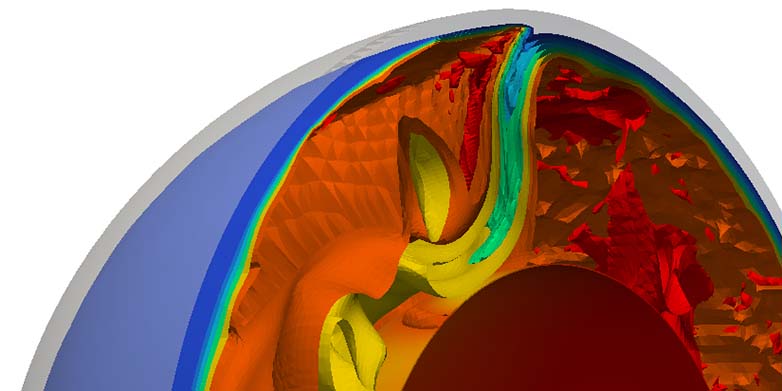
Uranium isotopes leave a distinct ‘fingerprint’ in the sources of volcanic rocks, making it possible to gauge their age and origin. Geologists have gained a new understanding of how the Earth’s crust is recycled back into its interior based on these uranium isotopes.
